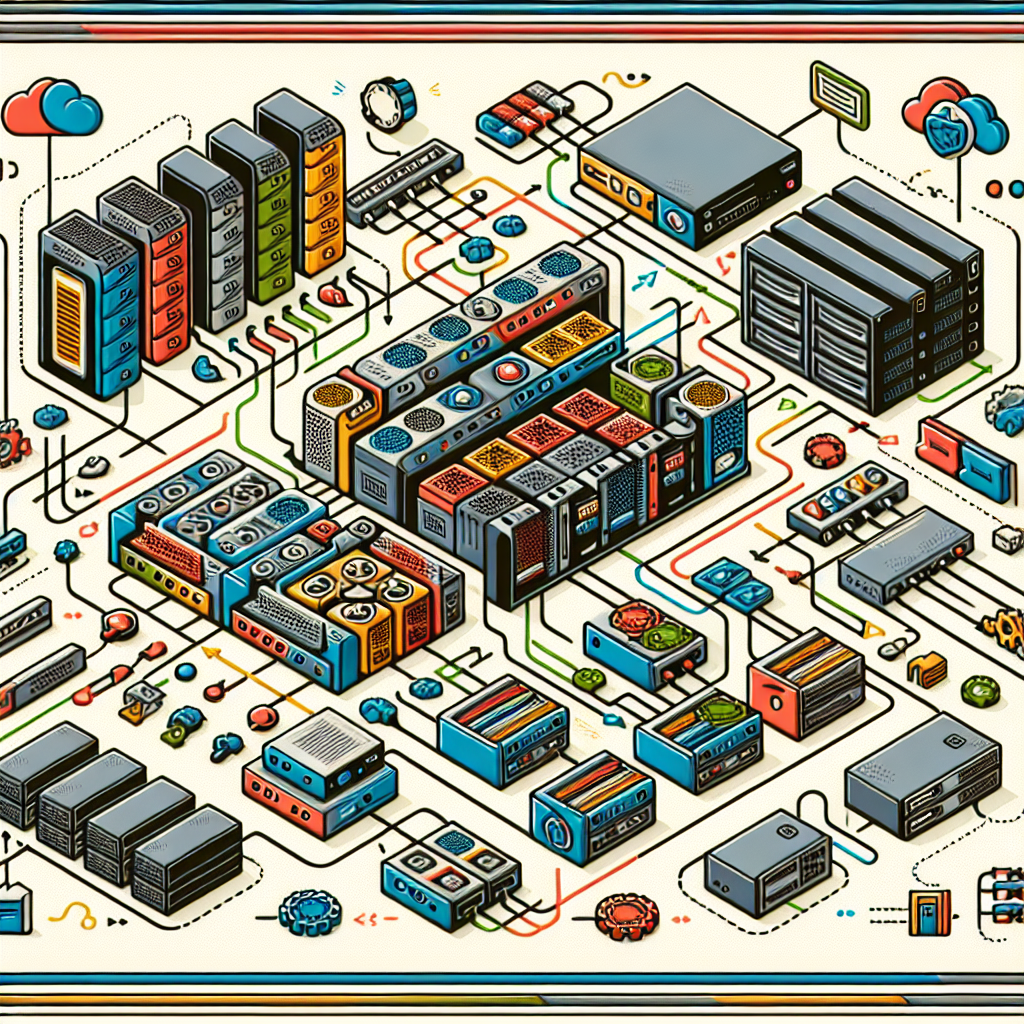Upgrading your storage area network (SAN) infrastructure is a critical decision that requires careful consideration and planning. As businesses continue to generate larger amounts of data, the need for a reliable and high-performing storage solution becomes increasingly important. In order to ensure that your SAN infrastructure can meet the growing demands of your organization, there are several key considerations to keep in mind.
First and foremost, it is essential to assess your current storage needs and identify any pain points or limitations with your existing SAN infrastructure. This includes evaluating the capacity, performance, and scalability of your current storage solution to determine if it is adequate for your current and future data storage requirements. By understanding your current storage environment, you can better determine what upgrades or changes are necessary to improve the overall performance and efficiency of your SAN infrastructure.
Another important consideration is the type of storage technology that best suits your organization’s needs. There are several options available, including traditional hard disk drives (HDD), solid-state drives (SSD), and hybrid storage solutions that combine both HDD and SSD technology. Each type of storage technology has its own advantages and disadvantages, so it is important to carefully evaluate which option is best suited for your specific requirements in terms of performance, reliability, and cost.
Additionally, scalability is a key factor to consider when upgrading your SAN infrastructure. As your business grows and data storage needs increase, it is important to ensure that your SAN can easily scale to accommodate additional storage requirements without impacting performance or reliability. This may involve implementing a scalable storage solution that allows for seamless expansion of storage capacity as needed, such as adding additional storage arrays or upgrading existing hardware components.
Security is another important consideration when upgrading your SAN infrastructure. With the increasing threat of cyber attacks and data breaches, it is essential to implement robust security measures to protect your data and ensure the integrity of your storage environment. This may include implementing encryption technologies, access controls, and monitoring tools to safeguard your data from unauthorized access or theft.
Finally, it is important to consider the cost implications of upgrading your SAN infrastructure. While investing in a high-performance storage solution can deliver significant benefits in terms of improved performance and efficiency, it is important to carefully evaluate the total cost of ownership, including upfront costs, ongoing maintenance, and potential upgrades. By conducting a thorough cost-benefit analysis, you can determine the most cost-effective storage solution that meets your organization’s needs and budget constraints.
In conclusion, upgrading your SAN infrastructure requires careful planning and consideration of several key factors, including your current storage needs, technology requirements, scalability, security, and cost considerations. By taking the time to evaluate these key considerations, you can ensure that your SAN infrastructure is equipped to meet the growing demands of your organization and support your business objectives effectively.

Leave a Reply
You must be logged in to post a comment.